-
Posts
4,720 -
Joined
-
Last visited
-
Days Won
7
Content Type
Profiles
Forums
Blogs
Gallery
Events
Store
Posts posted by Gordon Craig
-
-
Humberto,
You ask a very good question. With all the printed sheets of paper ribbons that started showing up on the forums last year no doubt someone is printing them again. I have never bothered to collect any paper ribbons out of their holders nor studied the printed shets before they were cut up so I do not really know. I am sure there is someone in the collecting community that knows and perhaps we will find out some day.
Regards,
Gordon
0 -
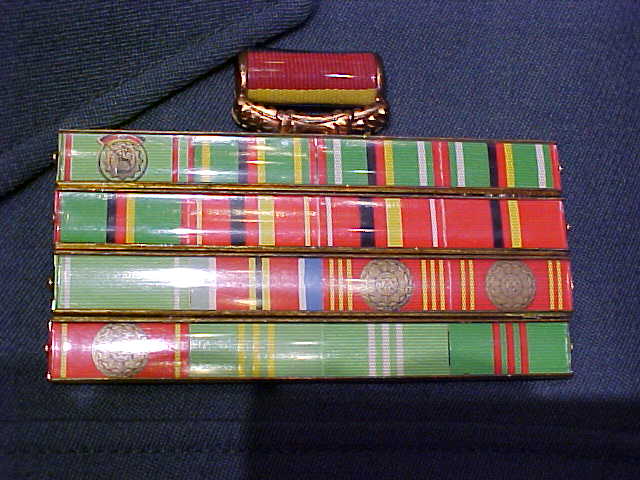 Humberto,
Humberto,Here is the ribbon bar I mentioned earlier with the painted Russian Brotherhood In Arms ribbon. I have only posted pictures of thje one bar as the bars are indentical. They came with two Generalmajor's uniform's that belonged to the same person.
Regards,
Gordon
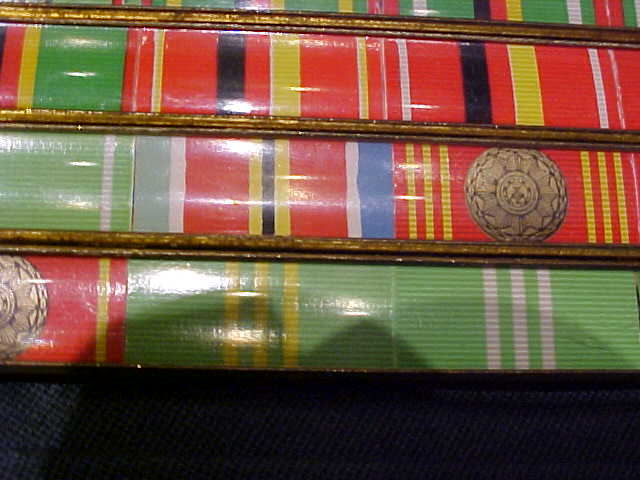



 0
0 -
Gents,
Yesterday I emailed Kurt Gelmser, author of the four volume set "A Guide to Military Dress Daggers". Kurt replied this morning that he had never seen a Communist Bulgarian Air Force dagger. Unfotunately, he did not confirm that one existed. I have never seen any reference to a Communist Bulgarian Air Force dagger. Only army and navy ones. There are other I will contact who may also help with this queery.
Regards,
Gordon
0 -
Kevin,
You are correct and it is definitely a Hungarian badge. Here is the picture of the back that Chris asked for. One source suggests it is for a veterans group and an unofficial badge.
Regards,
Gordon


 0
0 -
Pete,
My friend Roger has replied and reminded me about the Heimwehr helmets used following WWI. I had neglected to consider them. They are nuch nore likely candidates because they used much smaller badges than the two I sent you pictures of earlier. Here are some photos of Heimwehr helmets from Ludwig Baer's Book Von Stahlhelm zum Gefechtshelm. The full page shows some helmets with badges and others that just had their insignia painted on. The other photos show helmets with metal badges. He also suggested some resources for you. Dr. Guenther Dirrheimer of the Army Museum in Vienna or closer to home for me, Tamas Baczoni in the Hungarian Military Museum here in Budapest.
Regards,
Gordon
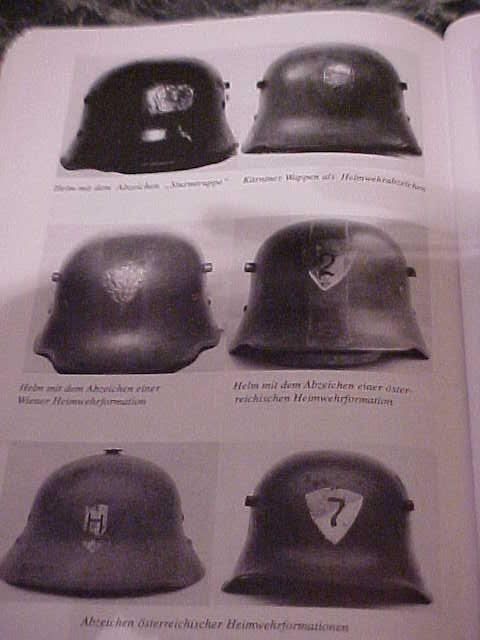
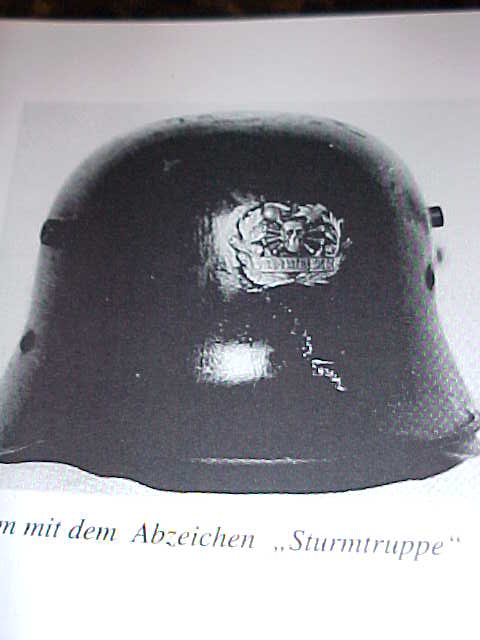
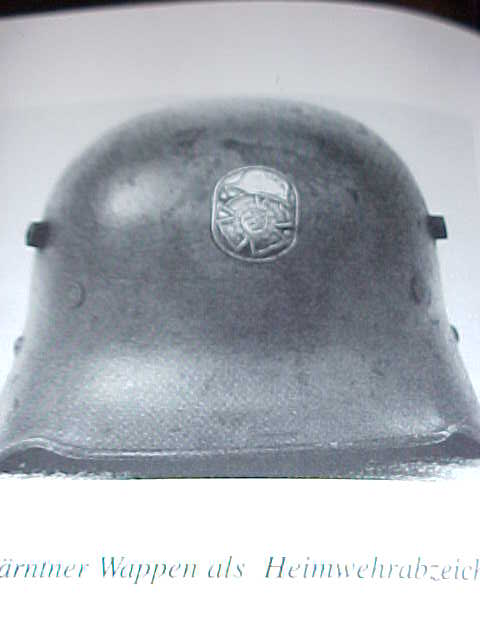
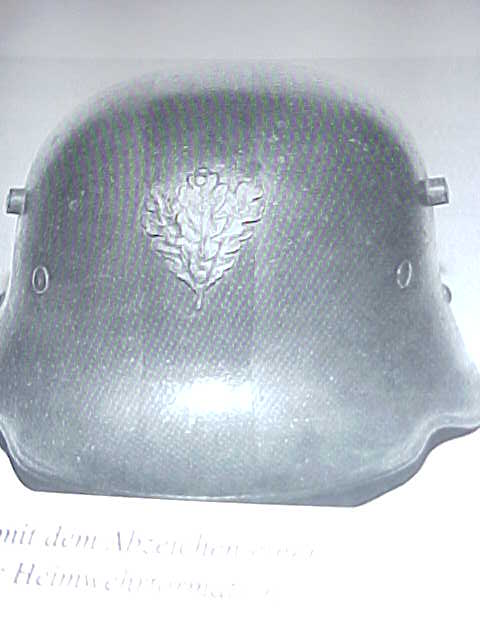







 0
0 -
Kevin,
Thanks for the pictures of the badge. Very interesting. Austro/Hungary WWI is certainly outside my knowledge at the moment, especially as it applies to patriotic stuff, but I am doing my best to catch up on the subject. I am familiar with the Turul. I live in Budapest and see the one in the Castle Dsitrict regularly. The thing I find curious in these two badges is that the Turul is facing to the left wing. The more common way for the Turul to be depicted is to have the head facing the right wing. IE as in the statue you refered to. Of course, that doesn't mean the artist can not depict the bird anyway they want to. Thanks again for your input.
Regards,
Gordon
0 -
Uwe,
Interesting to see the cloth use of the USSR Brotherhood in Arms medal. Haven't seen that before. Thanks for posting it.
Regards,
Gordon
0 -
Jeff,
I was told by the vendor this was a Hungarian badge but I have never seen a badge that looked like this one. Were you thinking of any badge in particular? If so, which one?
Chris,
I have asked for a photo of the back and I'll post it as soon as it comes. I've also asked if there are any maker marks on the back.
Thanks to both of you for your comments.
Regards,
Gordon
0 -
Charles,
Unfortunately, I have photos of the Bulgarian Communist Army and Navy daggers but not one of the Air Force. I'll send out an email and see what I can come up with.
Regards,
Gordon
0 -
Pete,
Two helmets spring to mind here. The first one is the Austrian Guard Battalion helmets. They had a large Austrian eagle crest on the front. The second is the proposed helmet of 1918 for post war use. I have never seen either of these helmets first hand so don't know if the holes in your helmet would match the badges that I have pictured below. You could always ask this question of the Austrian Military Museum in Vienna. They may answer althouth my experience with them is that they are less than helpful. I'll send your picture to my friend Roger Lucy who may be able to answer this question.
Regards,
Gordon
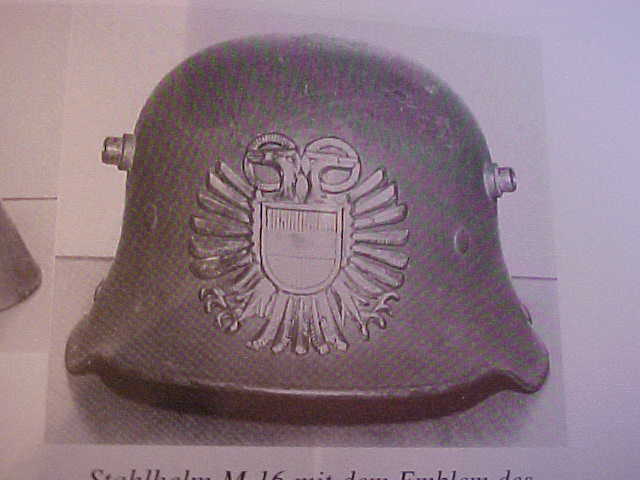
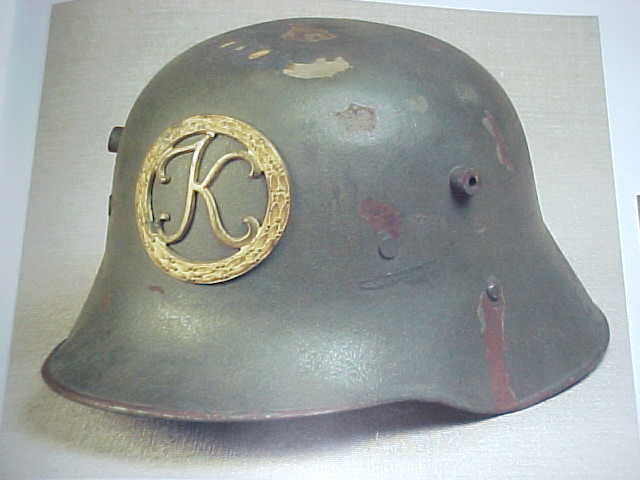

 0
0 -
Humberto,
Here is the Hungarian General's cloth bar.
Regards,
Gordon
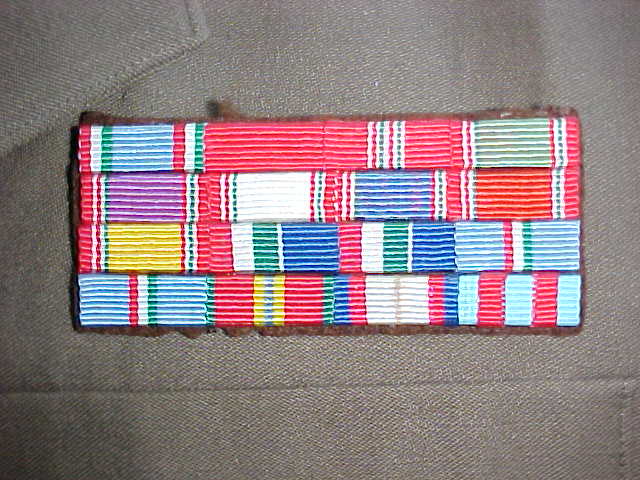
 0
0 -
Humberto,
Kevin is correct that it was an economy measure to start using paper instead of cloth to make ribbon bars in the DDR. As far as I know, they were the only communist state to use this particular method of making ribbon bars. One major short coming in what the DDR did when they went to the paper ribbons was that they did not produce any paper ribbons for medals awarded to DDR military people by other nations. Therefore you will find some ribbon bars with theses foreign awards hand painted on paper and installed on the ribbon bar. This is quite legitimate so don't think that if you find a bar with painted awards that it is not legit. I have two DDR Generals bars with the USSR Brotherhood in Arms medal on hand painted paper ribbons.
In actual fact, from a distance there was not a great deal of diference in how the cloth and paper ribbons looked. I've attached a photo of both below to illustrate my point. The short top bar is cloth and the bottom one paper.
As for other communist states, late bars used by Bulgaria and Hungary were plastic with a domed front and the actual coloured part of the medal could have been paper but these bars don't come apart like the DDR bars do and the awards can never shift in the holders like the DDR ones do. Hungary continued to use cloth bars up to the end for senior officers. I've included pictures of a Bulgarian General's plastic ribbon bar and a Hungarian General's cloth bar.
As for a reference material on DDR ribbon bars I can recommend three. They are;
Deutsche Orden und Ehrenzeichen by Nimmergut/Feder?von der Heyde-this book covers German medals and awards, in colour, from 1871 to 1990; DDR-SPEZIALKATALOG 1949-1990 by Bartels-this book covers all DDR medals and awards; Auszeichnungen der Nationalen Volkesarmy der DDR-this book covers all badges & medals waraded to the NVA. All of these books are in German but the colour sections, particularly of the first one, don't need much explanation. There is a fourth book tittled German Military Ribbons 1914-1957 by Mark Hayden but the title is misleading. It really only covers some ribbon bars from the Third Reich and West German periods and has numerous errors.
Regards,
Gordon
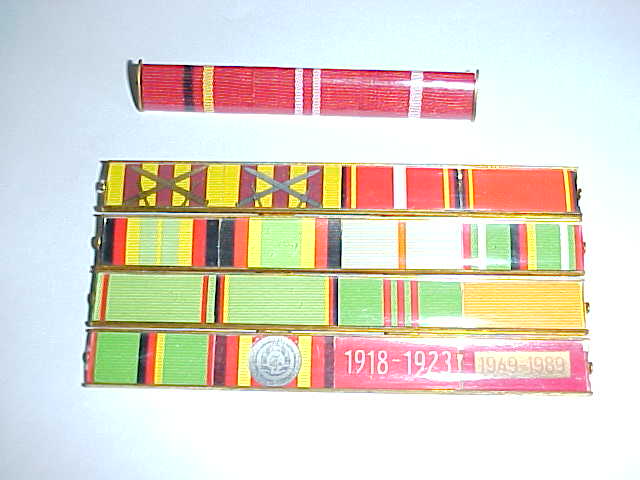
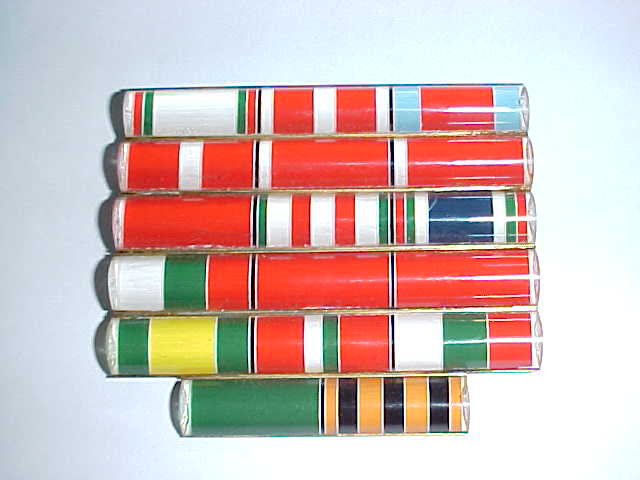

 0
0 -
Gents,
Does anyone recognize the picture below? I would like to know country of origin, name of badge and what it was awarded for.
Regards,
Gordon


 0
0 -
Charles,
Interesting thought about this badge. I've amassed quite a collection of KISZ badges over the last week and they all have either the word KISZ, the KISZ flag, or the word IFJ?S?G (YOUTH) in the design. I have not run across any that use the term IFJ? (YOUNG). This could be an award for a young person in the work force as KISZ had members from 16 to 31. I've posted a couple of KISZ badges for comparison purposes.
Regards,
Gordon
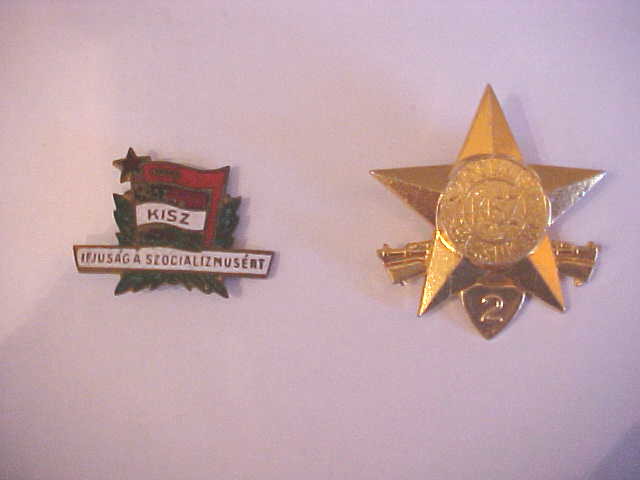

 0
0 -
Gents,
Another update on my previous posts. The para badge with the figure of a paratrooper in free fall is the Free Fall badge from the Communist era and as Charles has indicated in his posts all para qualifications led to this badge but I do not know what the criteria was to be awarded this badge.
I now own a Basic Para Badge from the Communist era and can post pictures. On the view of the rear of the badge you will see two hooks. Small semicircular disks were hung from these hooks to indicate the total number of jumps in increments of ten. There are also badges like this one with the numerals indicating the number of jumps shown on the badge at the bottom where the two sets of leaves come together. There also similar badges with scrolls underneath, but a part of the badge, bearing the words "OKTATO"-INSTRUCTOR; and "MESTERUGRO" (I've left out the accents in this word) which literally translates as Master Jumper.
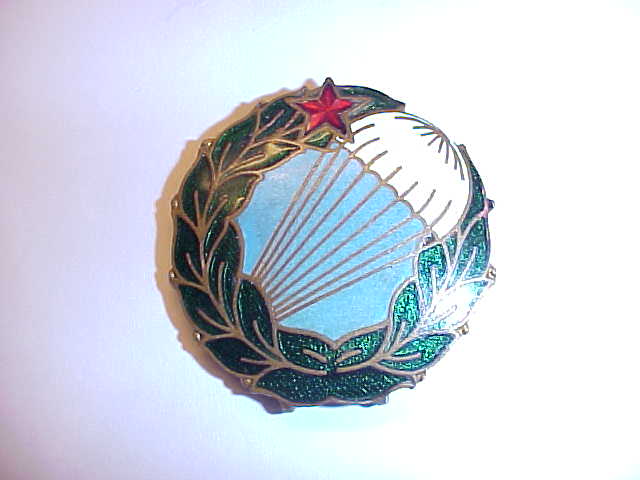




 0
0 -
Gentlemen,
I need to coprrect my earlier statement about the time frame for the cocakde that I said was worn up to the mid 70s. Obviously I was mistaken and for that I appologize. Don't know how I could have made such a dumb mistake! Obviously it is of the time frame first listed in the post. For reference purposes here is a cap and cap badge for the Bulgarian Communist era up to the early 70s. The interior shot is not very good and I'll add a better one when the cap arrives.
Regards,
Gordon

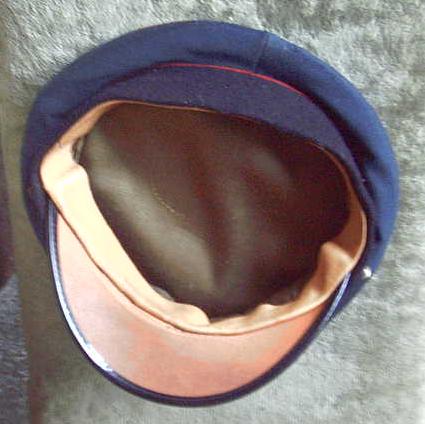

 0
0 -
Soviet,
Thanks for the response. I figured that was where you bought the hat. Now if he only had a Generals hat I'd be all set!
Cheers,
Gordon
0 -
Gentlemen,
Military personnel assigned to the Military Traffic Control Corps wore a special protective helmet while carrying out their duties. The helmet is similar, but not exactly the same, in shape as the regular military helmet. It is made of layers of fibreglass material and has an entirely different liner from the metal armed forces helmets. The liner is more like a cloth cap which fits over the head with a section that comes down over the back and side of the head then buckles under the chin. The section that fits over the neck and face is of a white plastic material on the exterior. There are four holes in the section that buttons under the chin that should line up with the wearers ears. Very similar to a motorcycle helmet which purpose it may serve as well. The helmet is painted white overall with the exterior being smooth while the interior is of a rough texture. The front section of the liner has a leather sweat band and the chin strap is also of leather. The makers name "Hungaria" of Budapest is on a label sewn to the top of the liner. The liner is held in place by four sets of two brass rivets equally space around the helmet. There are black bands around the helmet with a blank spot in the front between the bands for the Armed Forces Cocakde. This particular cockade is of the flat surface variety and gold in colour indicating wear by a commissioned officer. The large F below the cockade stands for "Formgalomszab?lyaz?s". These helmets may be found with a different number of black bands indicating assignment to different sized formations. They are;
One Band-assigned at the company level
Two Band-assigned at the Battallion level
Three Band-assigned at the Regimental level.
Regards,
Gordon
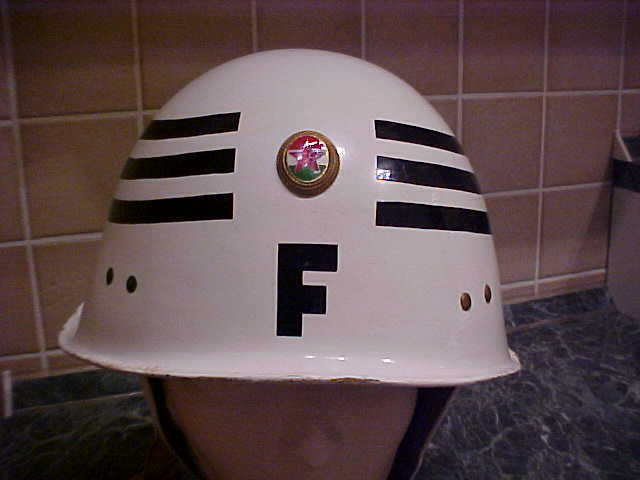
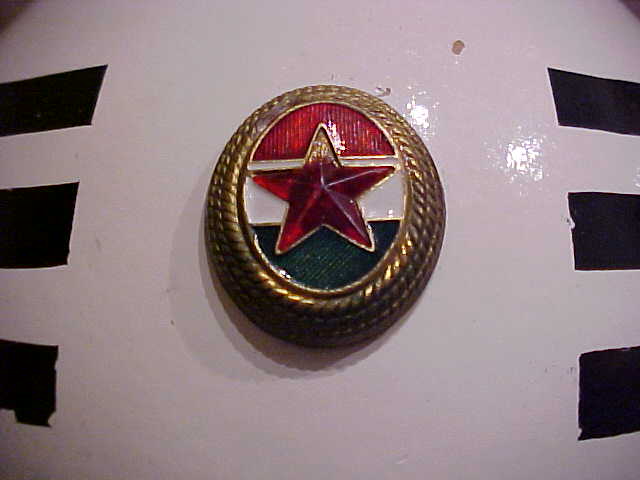
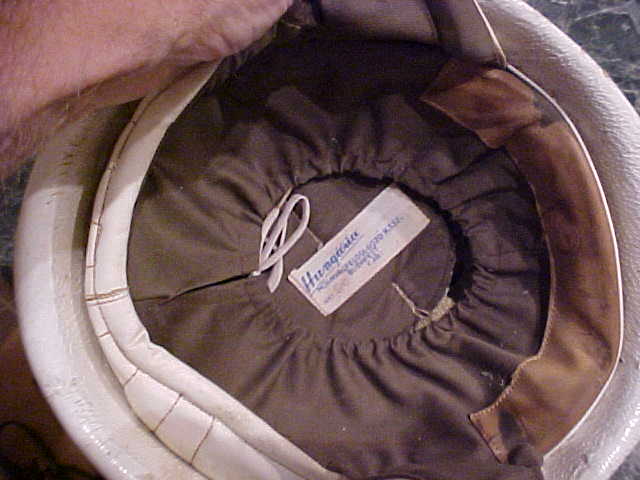


 0
0 -
Gentlemen,
I should have mentioned earlier in this thread that the letters MN in the date stamp in the hat stand for "MAGYAR N?PHADDSEREG" - HUNGARIAN PEOPLE?S ARMY. It has been standard Hungarian military practice for some time to use this type of marking. The name of the armed forces changes from time to time and therefore so do the letters in the top half of the rectangle. Therefore, the letters in the top section must be correct for the date appearing in the lower right section of the stamp.
Regards,
Gordon
0 -
Gents,
An up-dates. In my first post I said the letters on the back of the nut were "FV". I was mistaken. They are actually "PV".
Regards,
Gordon
0 -
Belaruski,
Welcome to the GMIC. Looking forward to your posts and sharing your area of expertese with us.
Regards,
Gordon
0 -
Soviet,
Nice shots of the helmet and cap. Would you post a picture of the front of the cap please. The helmet reference site is good. The pop up is annoying though.
Regards,
Gordon
0 -
These next three badges are listed as being from the 1970s in Bragg and Turner's book "Parachute Badges & Insignia of the World". The photos are from a recent ebay auction. Again, I don't have any info on the badges accept that they do exist. This style of badge was produced for many different military trades. They have a hole below the leaves and the numerals are attached there by a nut and screw arrangement.
Regards,
Gordon

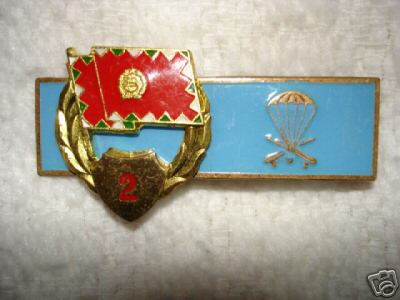
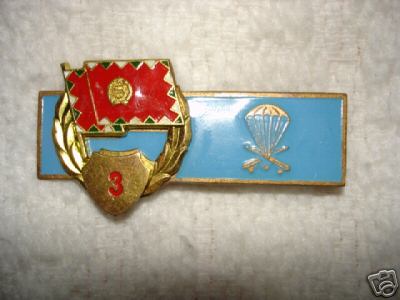





 0
0 -
So that you will not mistake Communist era para badges with current ones, here is a cased modern Hungarian para badge that sold on ebay a few weeks ago. This badge was introduced in the early 1990s and following that some current cloth para badges only issued for wear with the camouflage uniforms worn by the Hungarian Reconnaissance unit in Afganistan.
The next badge I only have a picture of. The picture was taken from the European Paratroopers site. It is listed there as a Hungarian Para badge, with no other info, but it is from the Communist era.
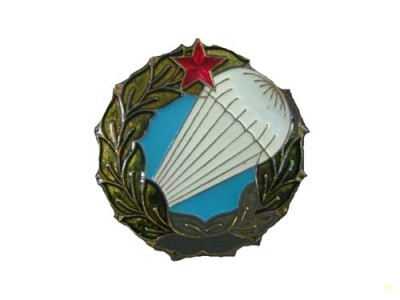
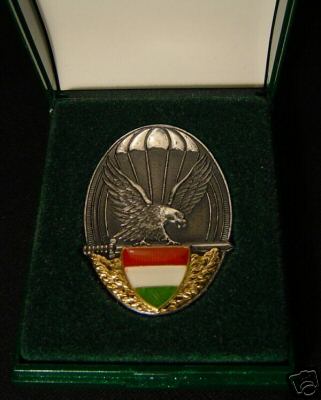
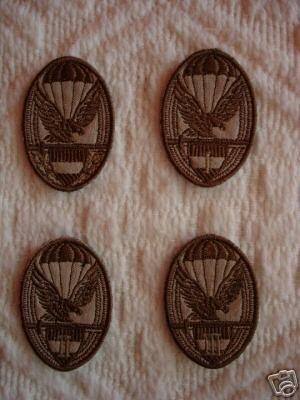


 0
0




True 1956 Revolution Tunic
in Central & Eastern European States
Posted
Hunyadi,
Great to see that you have been able to authentic what you were told about the tunic being worn during such a short period. What a lucky find!
Cheers,
Gordon